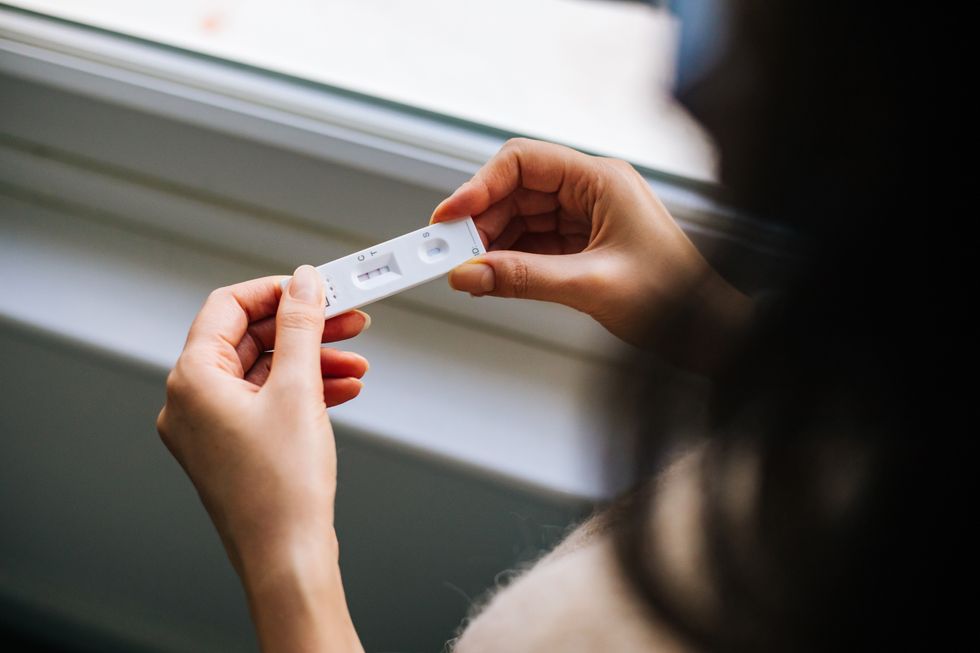The new Covid variant could be masquerading as hay fever as both are exploding simultaneously, an expert has warned.
Hay fever season is expected every year but the sharp rise in Covid cases and hospital admissions was not on the cards.
Hospital admissions rose by 24 percent in a week last month – climbing to 3.31 per 100,000 from 2.67, UKHSA data shows.
The surge is attributed to three strains belonging to a new group of COVID-19 variants, known collectively as FLiRT.
K.P1, KP.2 and KP.3 accounted for 40 percent of cases in April and descend from JN.1 – the dominant strain at the start of this year.
Loss of smell is both a sign of KP.3 and hay fever
Getty Images
These new strains are producing symptoms that are easily confused with hay fever.
This overlap does not surprise Rebecca Owen, a sports and exercise lecturer at the University of Derby.
She recently told The Telegraph: “A lot of people have had Covid-19, and infections can make us more susceptible to allergies. They can activate the immune response in what’s called mast cell activation syndrome, so while more studies are needed, it could be that some of those who have been infected with Covid may then develop hay fever.”
Research does support these claims. A recent study in Nature Communications was the first to provide comprehensive evidence of the link between COVID-19 and long-term allergic conditions.
Researchers formed a synthetic group comprising over 22 million individuals from South Korea, Japan, and the UK, drawing participants from multinational studies to represent these ethnic backgrounds.
After adjusting for all known variables that could affect the outcome, the researchers discovered that individuals infected with SARS-CoV-2 showed a 20 percent higher occurrence of allergic diseases compared to those not infected.
The chance of getting allergic rhinitis, or hay fever, was 25 percent higher in the infected group, though no significant increase was observed for food allergies or atopic dermatitis.
Which are the commonly overlapping symptoms?
Doctor Rhoads, the Vice Chair of the Microbiology Committee, recently told GB News that people infected with the latest FLiRT variants have reported fatigue, coughing and a loss of smell.

Testing remains the most reliable method of differentiating hay fever from FLiRT.
Getty
These symptoms are commonly associated with hay fever.
How to tell them apart?
Covid is constantly mutating and spinning off new variants. This makes it hard to distinguish between hay fever and Covid as the two may overlap more or less depending on the strain circulating at a given time.
However, there are some telltale differentiators.
Although a blocked nose due to hay fever can affect your smell or taste, completely losing your ability to taste or smell is more likely to result from coronavirus, notes Bupa.
The severity of the symptoms is another key differentiator. If these symptoms progress to difficulty breathing or a raging fever, for example, Covid is much more likely to be the culprit, explains Bupa.
However, as Owen of the University of Derby points out, getting tested for Covid remains the most reliable method of differentiating hay fever from FLiRT.

Sarah Carter is a health and wellness expert residing in the UK. With a background in healthcare, she offers evidence-based advice on fitness, nutrition, and mental well-being, promoting healthier living for readers.








